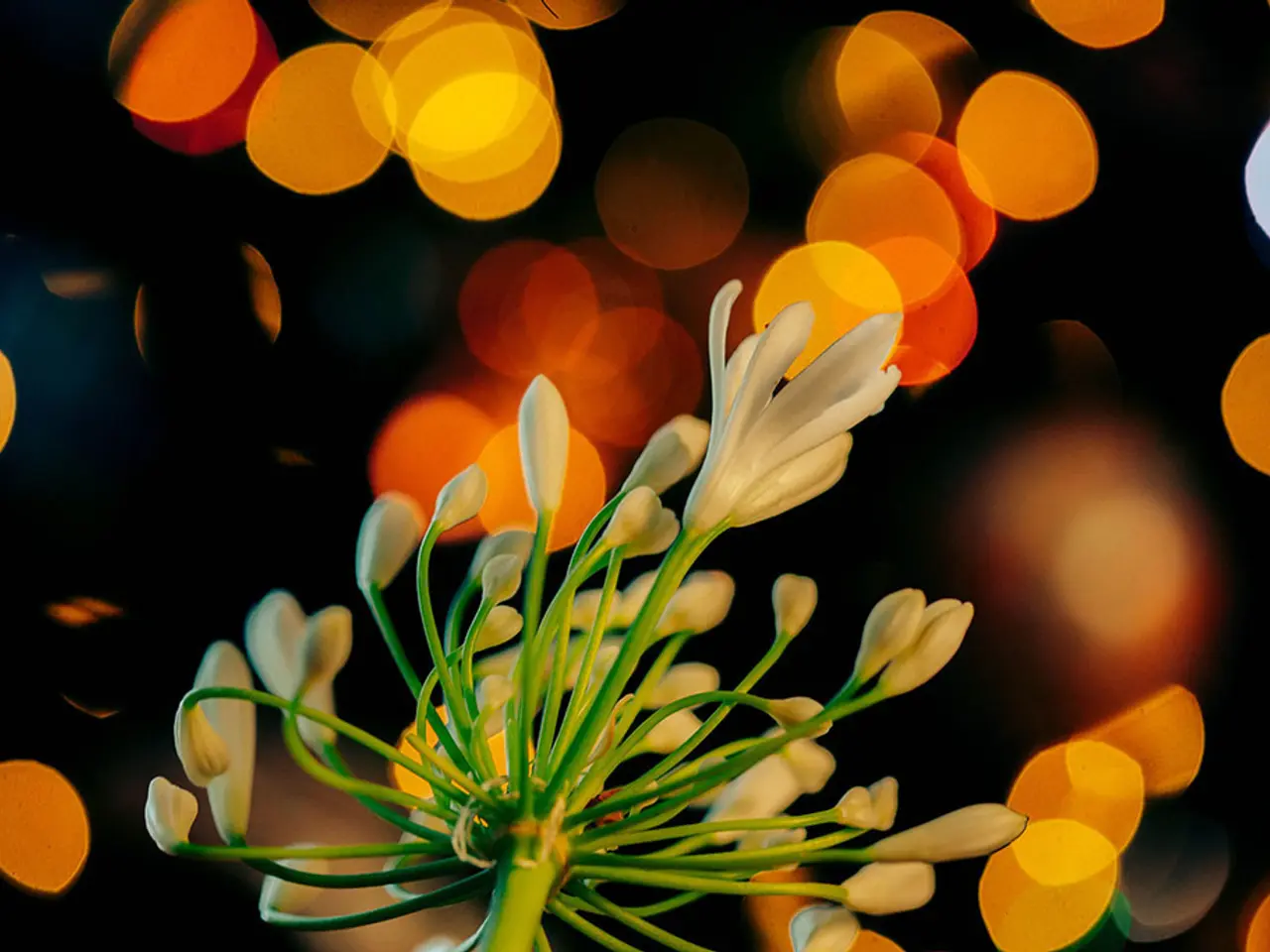Scientists in China Successfully Generate Vibrant, Bioluminescent Flora
In a groundbreaking development, researchers at South China Agricultural University have successfully bioengineered succulents to emit vibrant light, creating a unique and captivating sight that could revolutionise the world of decorative and practical lighting.
The team, led by Liu et al., infused Echeveria "Mebina" succulents with micron-sized phosphor particles, and exposed them to sunlight or LED light to make them glow. These particles, synthetic materials made of strontium and aluminum dosed with other metals, are designed to emit light in different colours. Once charged, the plants can glow for up to two hours.
The succulents' internal structure facilitated an even distribution of the phosphor particles, ensuring a consistent glow. The brightness of the glow is comparable to that of a small night lamp, and researchers have found that a "plant wall" of 56 glowing succulents is enough to read a book near it at nighttime.
However, not everyone is convinced of the practicality of these glowing succulents. Keith Wood of Light Bio has raised concerns about plant health and safety, including the long-term effects of particle infusion on plant viability and potential toxicity risks.
In response, the Chinese research team plans to conduct safety and durability testing, and may also expand their testing to other plant species. They are also considering the potential for decorative or practical lighting applications using living plant installations.
The cost per plant for the material is approximately 10 Chinese yuan, or about $1.40 in American dollars, not including labour. The process can be repeated daily with a "recharge" from sunlight or LED light.
Liu et al. have applied for a patent on the technique, hinting at the potential for commercialisation in the future. The team's discovery has sparked excitement and curiosity, as they continue to explore the possibilities of bioengineered glowing plants.
Read also:
- Peptide YY (PYY): Exploring its Role in Appetite Suppression, Intestinal Health, and Cognitive Links
- Toddler Health: Rotavirus Signs, Origins, and Potential Complications
- Digestive issues and heart discomfort: Root causes and associated health conditions
- House Infernos: Deadly Hazards Surpassing the Flames








